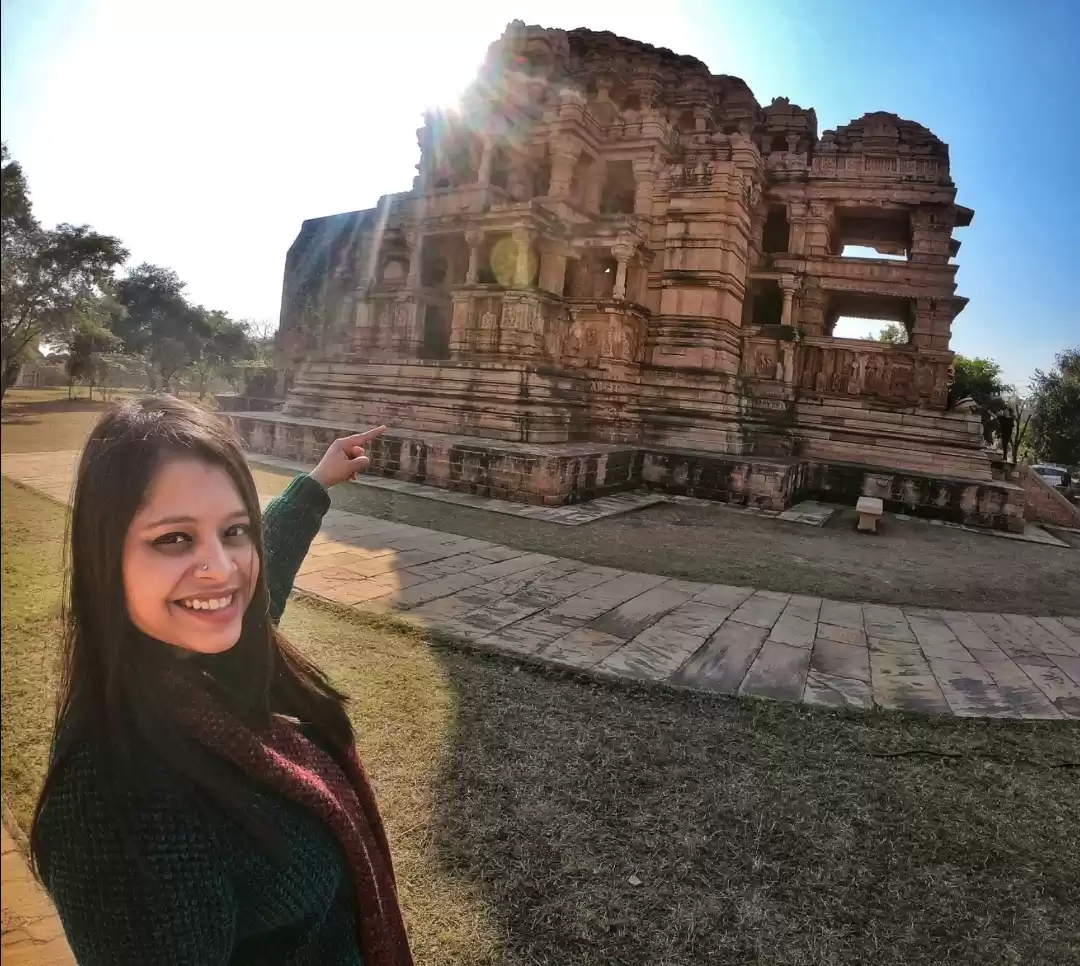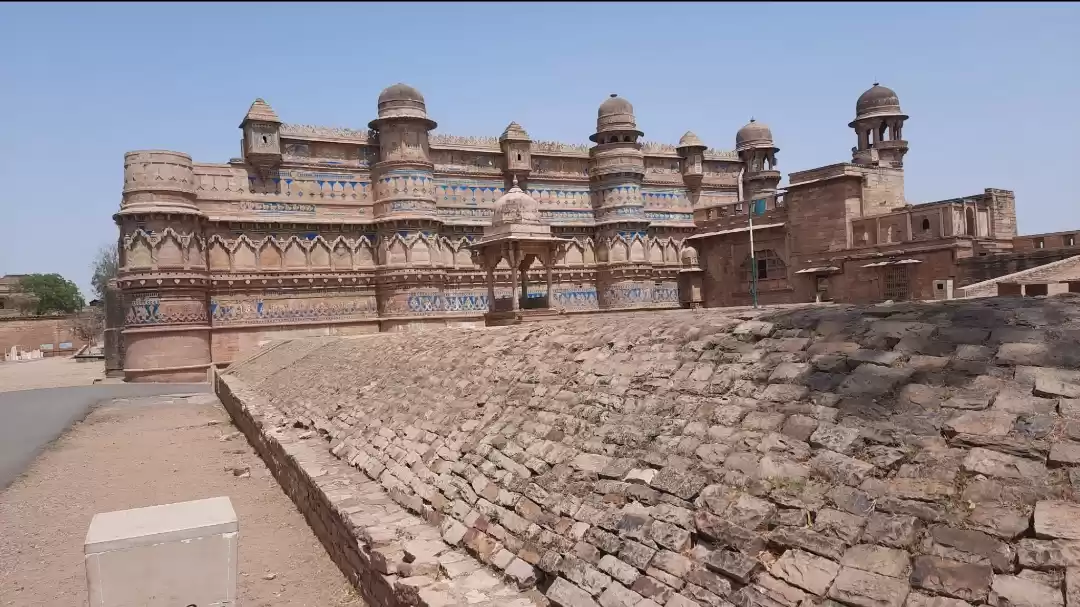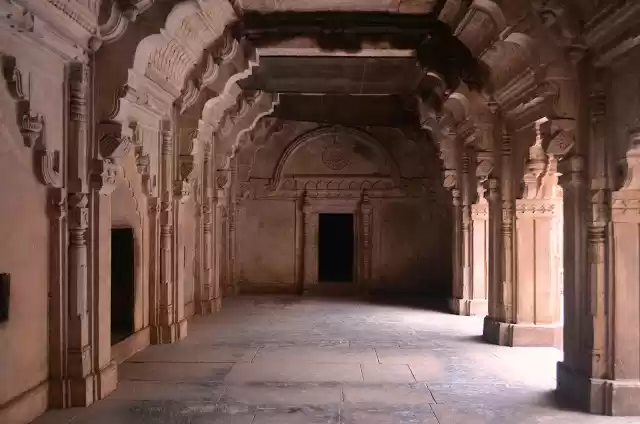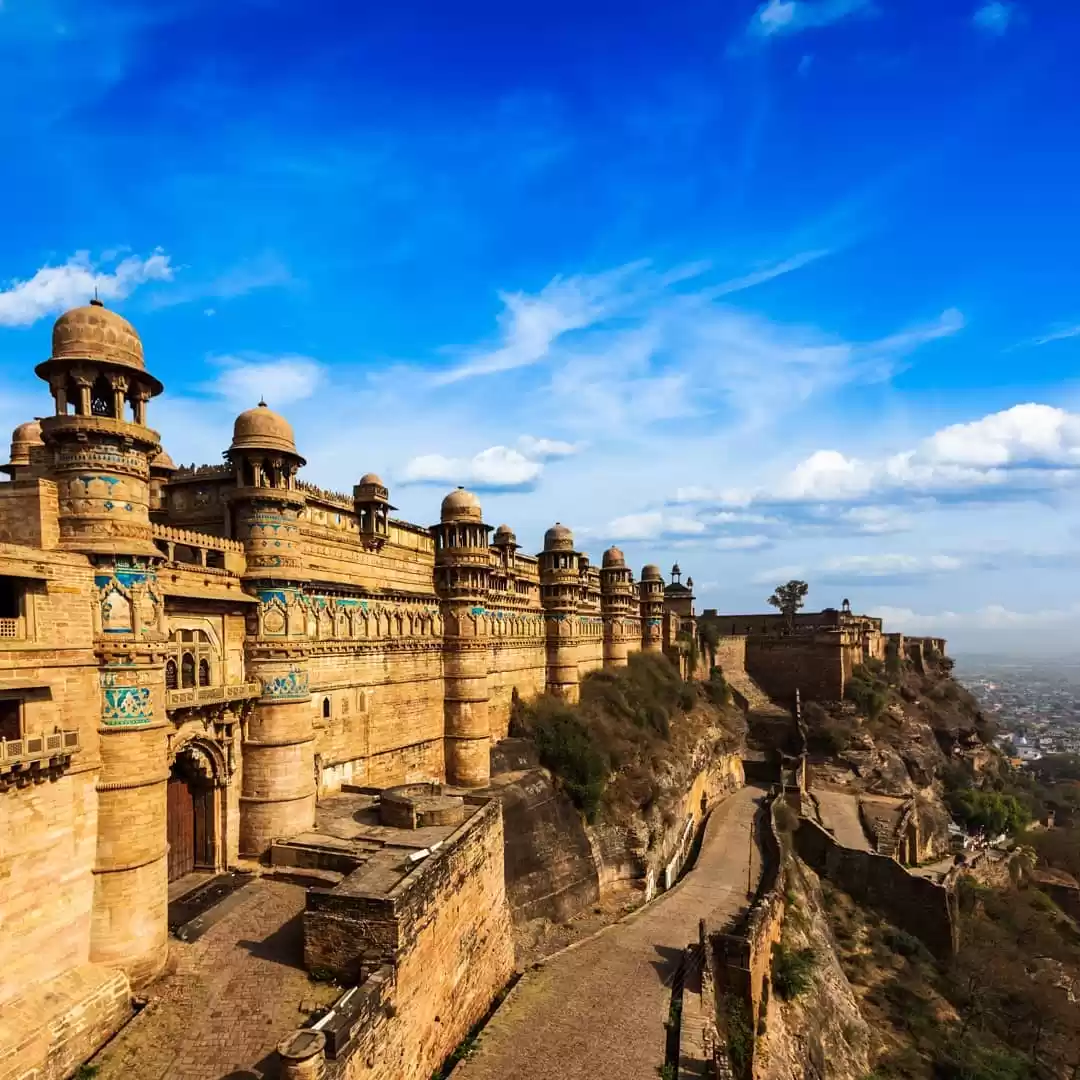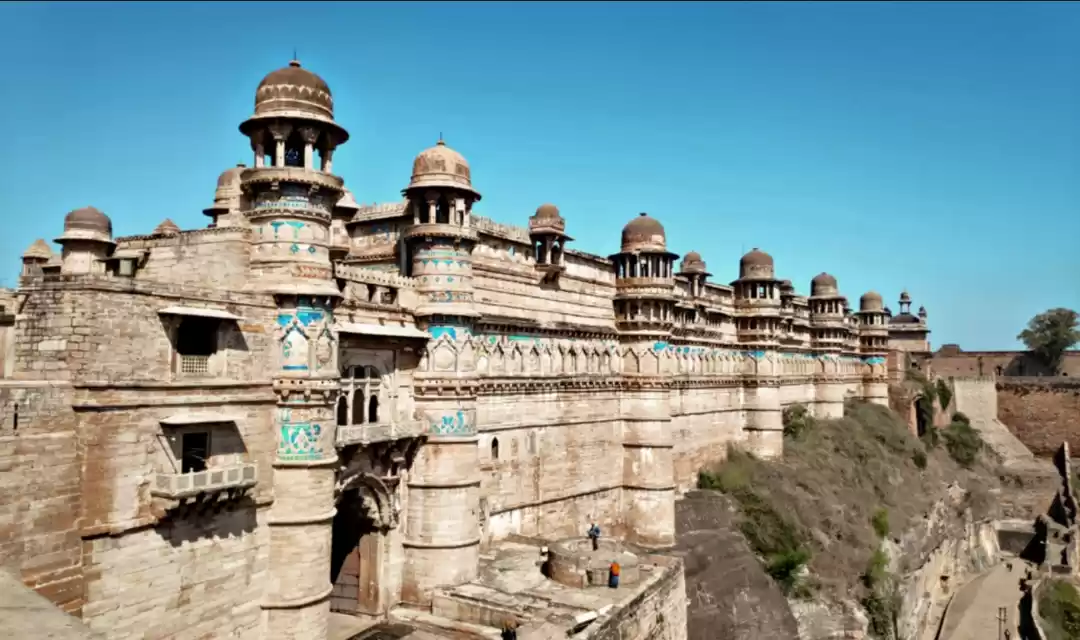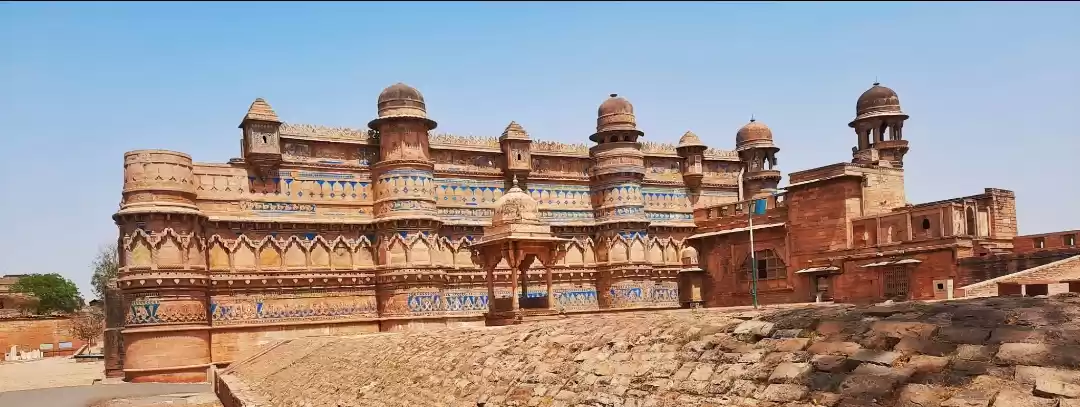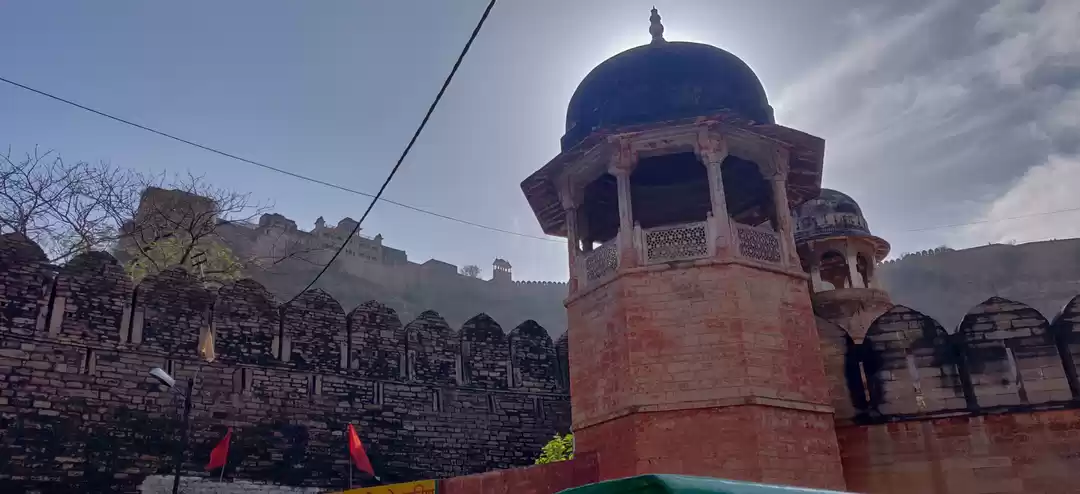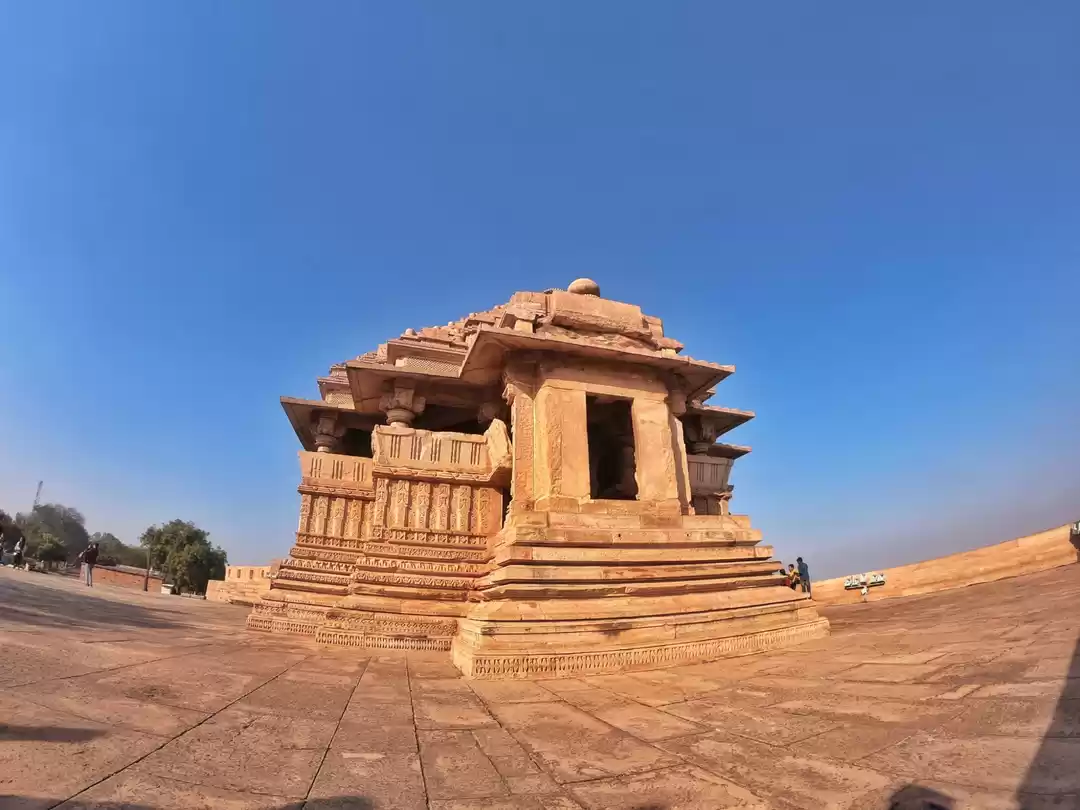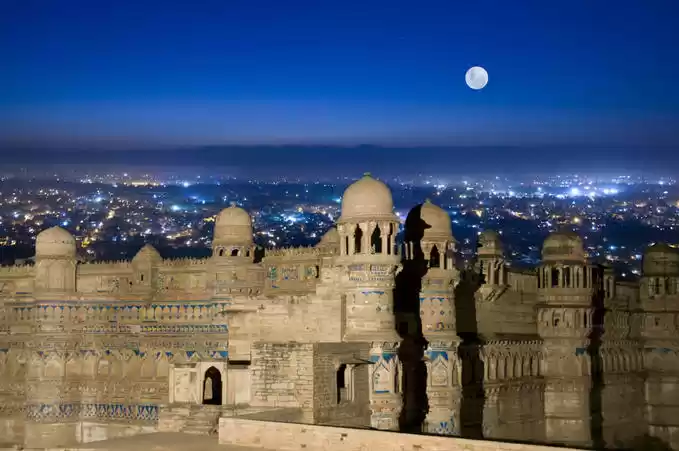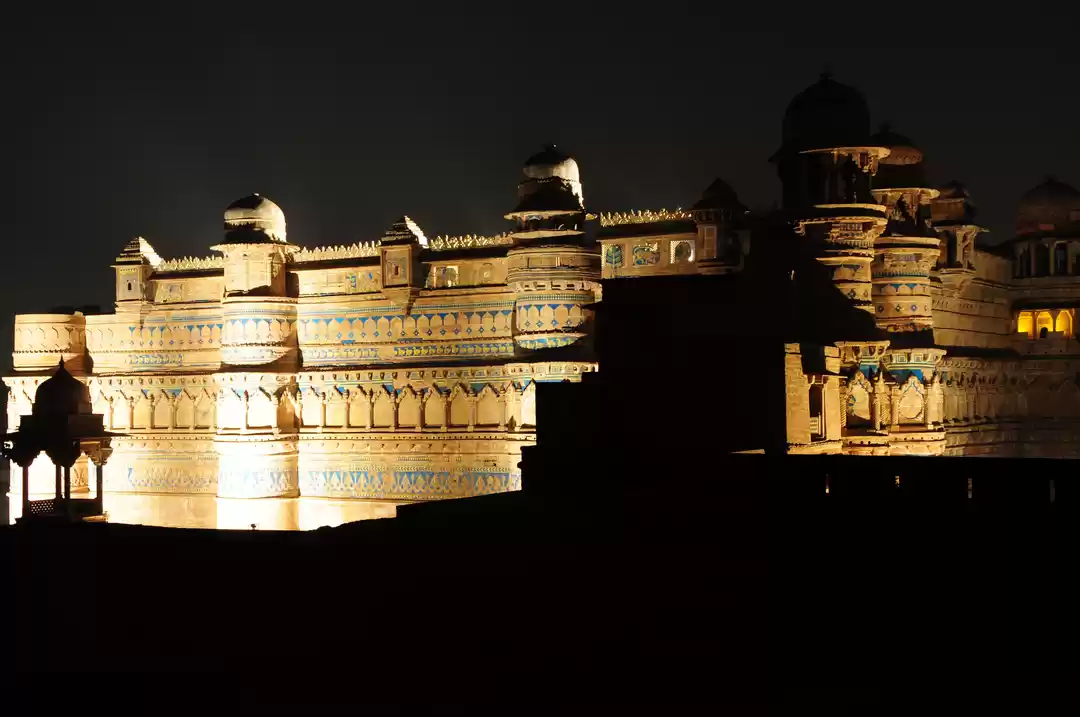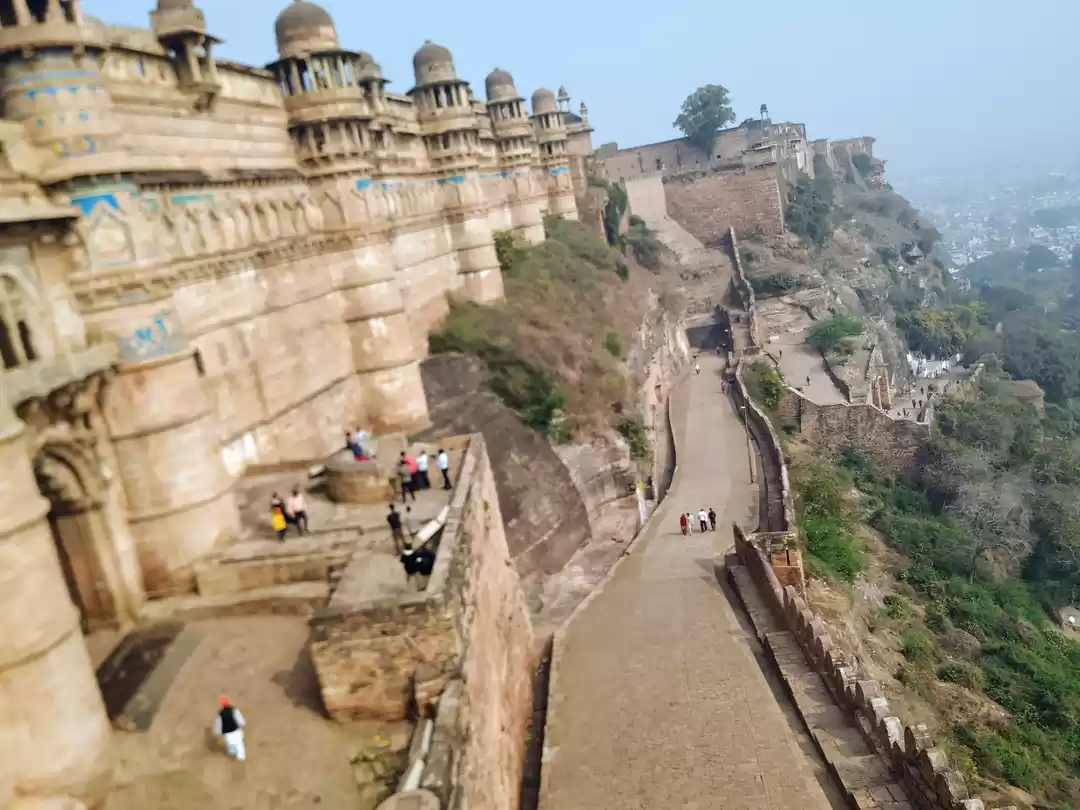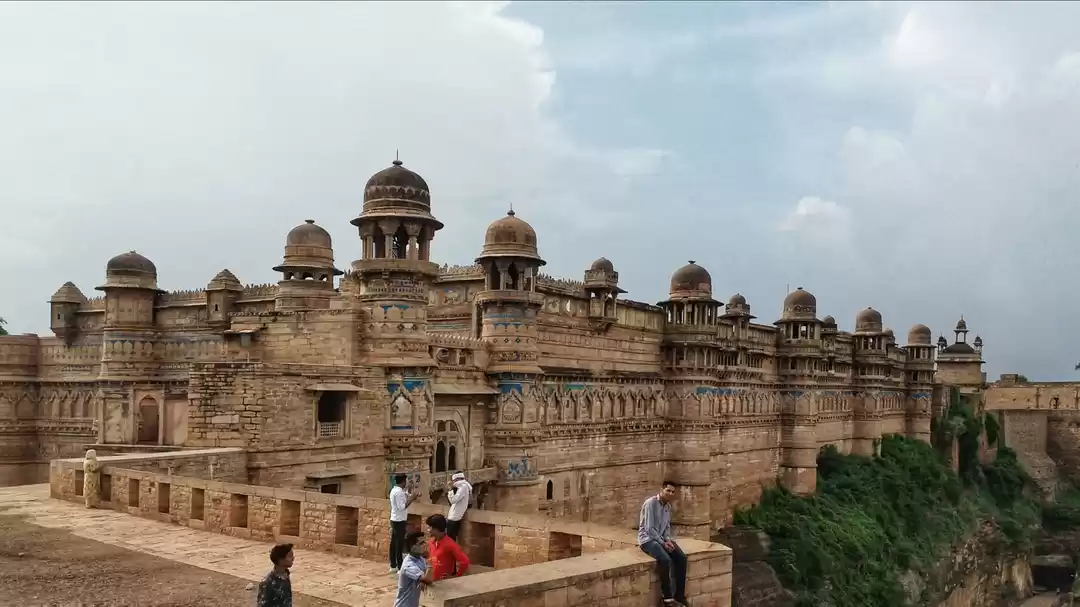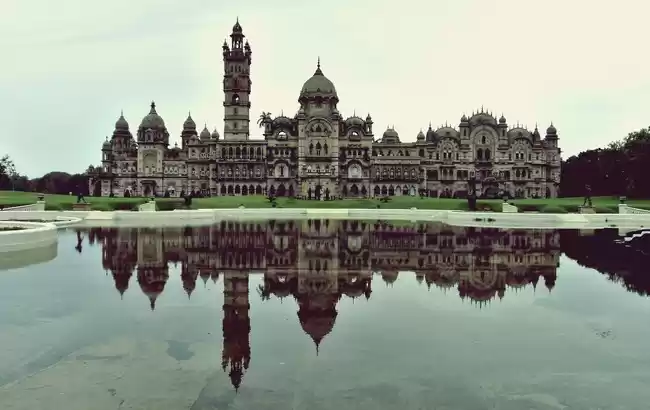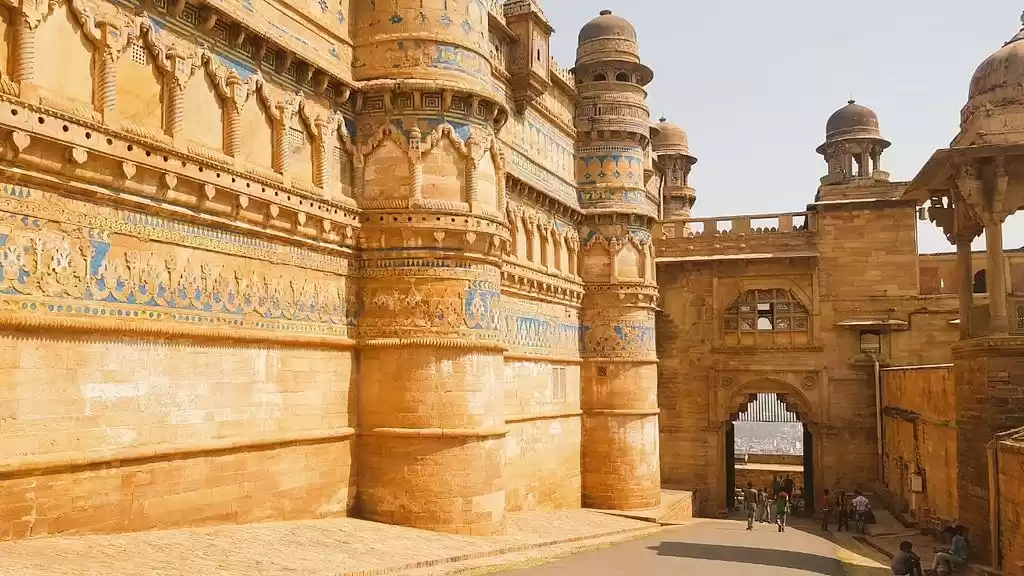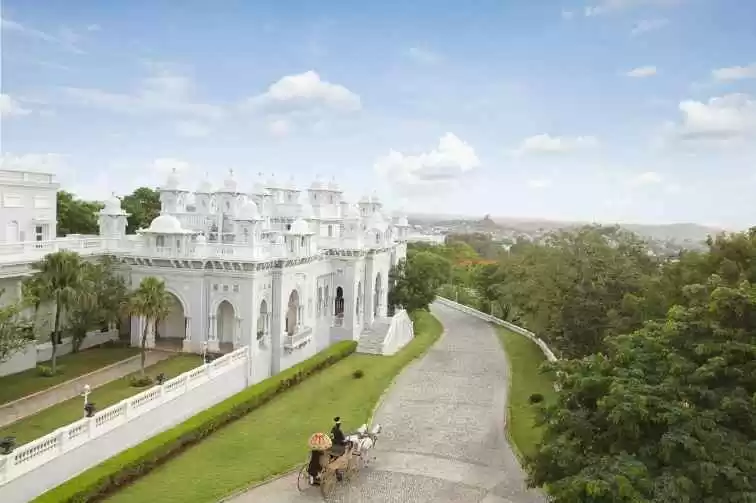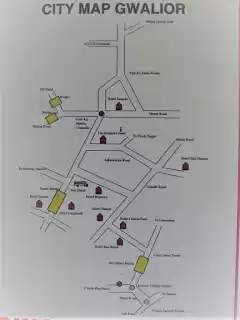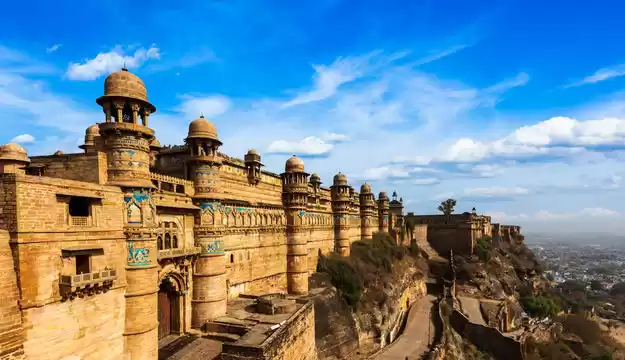












The pale white of the legendary 19th century palace stood in contrast with the ever-darkening clouds making for a beautiful backdrop. Soon the grey clouds started showering and heavy foliage of jamun, aam, bel and champa trees looked all the more soothing.
That’s the sight I met with on reaching the Jai Vilas Palace.
That moment I realised that visiting Gwalior, Madhya Pradesh in magical monsoon was the right decision. However when I got off the train at Gwalior railway station, the whole city seemed under the deluge. Car in which I was driven down to the hotel felt like a boat on a river. After some rest and when the rain stopped I decided not to waste time and headed to the palace.
After witnessing much opulence hidden inside the walls of Mysore Palace, this was a second time I was seeing the imprint of the luxurious lifestyle of the Indian kings – this time of the Scindia Dynasty.
Scindias are originally Marathas and how they lived is well-captured and nicely-curated inside the Jai Vilas Palace of Gwalior – the city, which historically has been the seat of Scindia Kingdom’s rule. Once home to the royalty, now a part of this humongous palace has been converted into a museum. Rest of the property is disputed and once in a while, the current heir and politician Jyotiraditya Scindia and his family make a visit here.
One glance inside the museum and my first thought was that the kind of riches a single kingdom of India possessed in the past would probably be enough to run the whole country today.
As I tiptoed to the first room, I saw the family tree of the Scindias with the photos of all their kings, queens, princes and princesses decorating the walls. So I learnt that 10th king of the family, Maharaja Jayaji Rao Scindia (Shinde) built this palace. The heirs-turned-politicians, Madhav Rao and sister Vasundhara Raje are also present. Pointing at the photos of a young boy and an adolescent girl, the guide told me that they are Jyotiraditya’s son and daughter who are studying in Oxford Univ and Delhi’s British School resp.
Petite furniture for short Chinkoo Bai Raje Maharani
The step-grandmother of Vasundhara Raje and stepmother of Jiwaji Rao Scindia, Chinkoo Maharani deserves a special mention in this blog as she got a special place in the palace and in the family.
My guide narrated an interesting bit of story about her — 11th prince Madho Rao Scindia (grandfather of Madhav Rao) was married to Chinkoo Maharani without knowing the fact that she was very short. And Scindias saw her first time only at the time of wedding.
Well that explains the low-height furniture and (washroom amenities) inside the palace, especially being crafted for the short new bride. However this bride and the kind didn’t have an heir, which is why he married a second time and named their son from this marriage Jiwaji Rao.
Surpassing all Royal Vanities
The guide took me to the first floor of the palace to the ornate and baroque Durbar Hall. For five minutes I kept staring in utter fascination. The entire ceiling of the huge hall is gilded and its numerous tables are laden with crystal cutlery. But the pièce de résistance is the central chandelier that shines like a jewel.
Made of Belgium crystals this gigantic one has a bit of a tale of its own. The guide told me that a dozen elephants were made to stand on the roof to see if the ceiling beneath can take the weight of the three-tonne masterpiece. How were the tuskers made to climb the roof? With the help of a special rampart!
Now you know what I meant by the royal vanity :-)
Dining Hall with a Train
There are two more dining rooms in this palace. In one of them next to Durbar Hall, elongated dining tables have fixed tracks on which a remarkable dinky train used to run. But why is it remarkable? Well its coach-containers supplied exquisite liquor to the royal guests. A guest would just have to lift the top of a glass decanter, by which the train would halt! Now if that isn't luxury, then what is!
The next dining hall is for the family’s personal use, where they would sit on the floor and eat out of silverware! How regal!
The museum showcases intricately carved walnut wood furniture in the bedrooms and powder rooms of the queens. Unbelievably some bar tables seen here are fashioned after famous temples!
Intriguing Stuff
The museum has a defunct swimming pool, and a conference room, which is still being used. Rest is full of intriguing stuff such as skeleton of an old Ford car and a real train coach; a two-seater BMW, which apparently is still driven around by the royalty; royal armoury; silver and gold embellished regal attires; silver thrones with gold armrests, silver bagghi or chariot, a table fan that ran on kerosene, pretty children’s room with wooden and stuffed toys; antique piano; a very tall and carved wood fragrance dispenser; and yes heads of hunted animals perched on various walls.
The last living man who drapes typical but complex boat-shaped turban of Scindias also features here in a video. But with their kingdoms gone, the turbans are nothing more than a showpiece and this once-prestigious art is also breathing its last...


